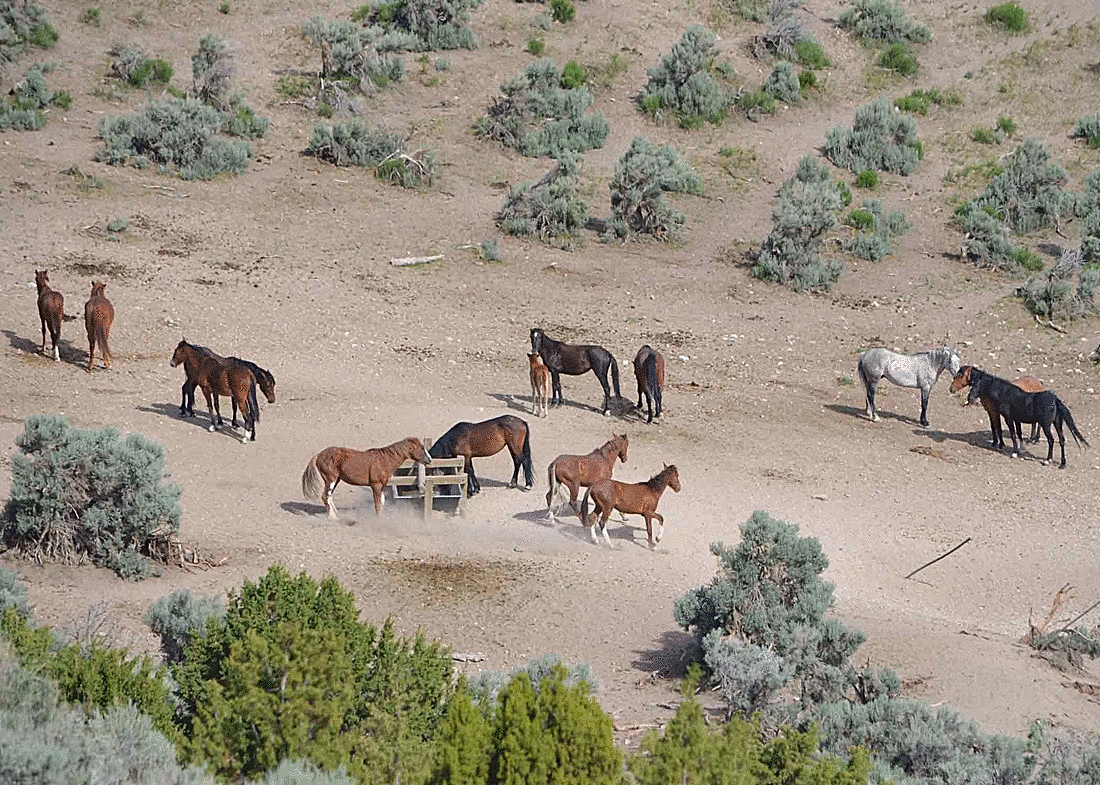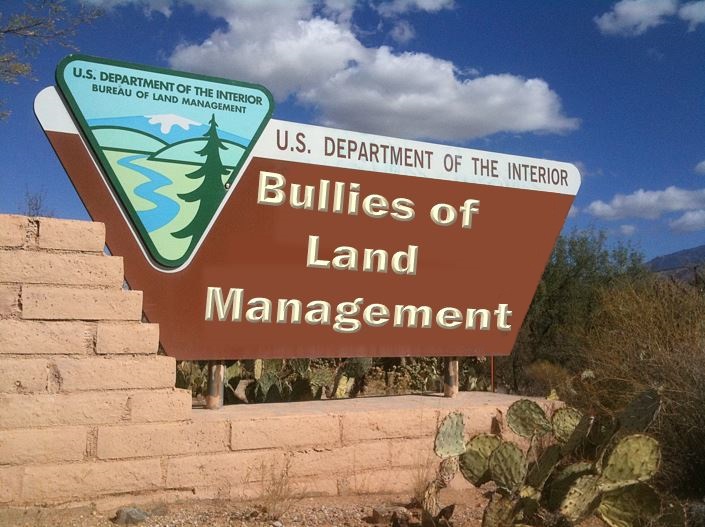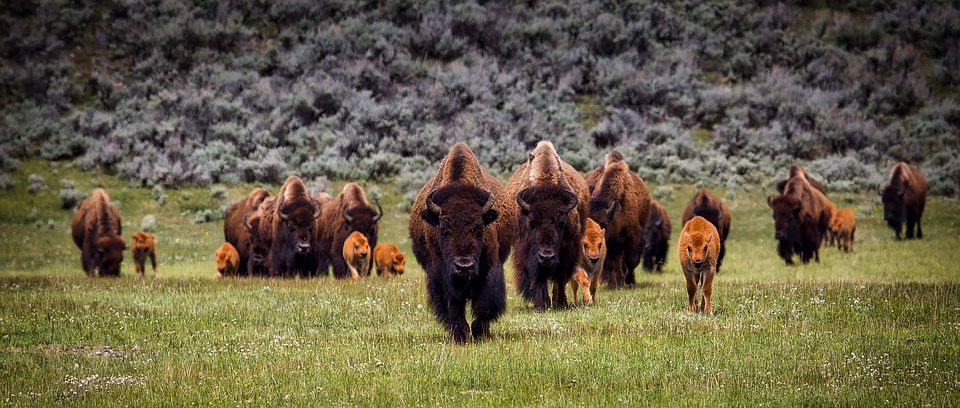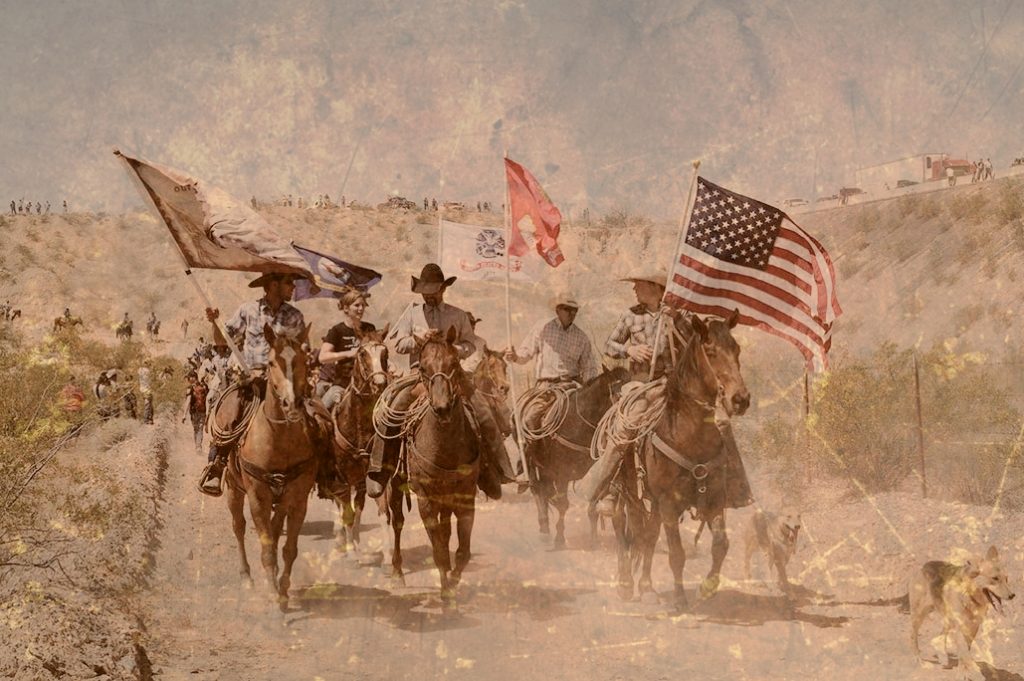”Growing numbers of wild horses and burros, coupled with the increased environmental degradation caused by large populations, leads to lower vegetative quality and availability. Horses and burros who cannot find enough food will suffer a long, drawn out death from starvation.”
posted by Marjorie Haun
Information compiled from the National Wild Horse and Burro Rangeland Management Coalition website
Improved management actions are needed to protect Native Wildlife
Elk, mule deer, pronghorn, sage-grouse, bighorn sheep, lizards, and suites of other native wildlife rely on our public rangelands to survive. The well-being of these wildlife, including threatened and endangered species, are put at risk by the growing populations of horses and burros.
Compete for Food and Water
Horses and burros must share resources with our native wildlife. As horse and burro populations continue to increase, they consume more and more of these scarce resources needed by wildlife. This not only causes competition between native wildlife and non-native horses and burros, but also between horse and burro populations that have far exceeded appropriate management levels.
Avoidance Behavior
Horses and burros can interact directly with native wildlife, and often interactions are not friendly. The dominance of horses in size often causes native wildlife to avoid the areas in which they are present. This has been well documented in resource-rich areas such as waterholes.
Impact Habitat
Habitat conditions can be greatly impacted by horses and burros. These animals’ grazing behavior, unique among ungulates, reduces vegetation cover and spreads invasive plants, causing a decrease in the quality of habitat for native wildlife species.
Improved management is needed to protect Wild Horses and Burros
Wild horses and burros are extremely overpopulated on our nation’s public rangelands. There are currently more than 72,000 horses and burros on rangelands that can only support 27,000. As a result, wild horses and burros are at risk of dying painful deaths from starvation
and dehydration.
Dehydration
Drier hotter weather has been causing droughts to occur more frequently and with more intensity. As wild horse and burro populations continue to grow, the competition for remaining water leads to many horses and burros incapable of obtaining enough to drink and dying from dehydration. Death from dehydration is a slow, agonizing process. The animal will suffer from extreme thirst, severe cramping, and become lethargic before their blood pressure becomes so low that their heart can no longer beat.
Starvation
Growing numbers of wild horses and burros, coupled with the increased environmental degradation caused by large populations, leads to lower vegetative quality and availability. Horses and burros who cannot find enough food will suffer a long, drawn out death from starvation. And horses and burros who are barely eating enough to survive will find themselves at greater risk of mortality from other sources such as disease.
Wild Horse and Burro Management Challenges and Opportunities, presented at the National Wild Horse and Burro Summit. Presenters are: Jacob Henning, Derek Scasta, Jeff Beck (University of Wyoming)
Free Range Report
[paypal_donation_button]
[wp_ad_camp_3]
[wp_ad_camp_2]




I believe that Americans, especially those that are suburban and urban, must come to the realization that ALL animal breeds must now be managed. Hopefully they will also come to the conclusion, as they have in Africa, that certain species can be managed while producing a product, be it meat, hides, pet food, etc. to offset the cost of management. We are past the point where this is a minor problem with horses and burros. Survival of the fittest is not a pretty thing to behold as the article relates to starvation. Natural selection requires those weaker or unfit for the environment to die. There is a better, affordable way, to handle this situation, while providing a product…culling.
Let the people who wish to adopt, train, and care for these animals do so. Let them form rescues for those they can (without tax subsidies). Unfortunately, this has not been successful. It is time to cull the rest to a manageable herd, for the betterment of all species. Humans have been successfully managing wild herds of animals for almost a hundred years now. It is time to get on with it.
Is it feasible to geld the stallions!
Gelding has been studied and used as a means of population control. It’s one potential solution, but there are actually wild horse advocates which denounce the practice, saying that, in essence, gelding takes the wildness out of the wild males, and makes them unfit to live freely.
The geo-engineering for climate control (weather modification) is the biggest threat to life on the planet. There has not been naturally occurring weather conditions for some time now ((www.geoengineeringwatch.org)). That is the biggest problem. Aside from that, there is cost-effective birth control that can be administered to control/limit population growth of varying herds. I’m fed up & disgusted with fighting the corruption controlled Bureau of Land Mgmt. These beautiful creatures that were ‘supposed’ to be ‘protected’ on federal land are coming under attack, not so much because they pose a threat to foliage, as horses graze, then move on. The issue, is that cattle farmers pay a premium to use these lands for their cattle~that’s where the competition is! The BLM rounds up these horses using helicopters–frightening/traumatizing these animals to the point that they often break their legs and worse. With a stroke of a pen, Barack Obama made horses and burros fair game once more (bribery/pay-offs) and so apparently no matter how much attention this matter is given, evil b*st*rds continue to prevail.
This wild horse issue had been going on for at least 15 years that I’ve been aware of. If the people of Nevada really wanted to solve this problem, they’ve had plenty of time to do so. Gelding and removal to other states should have been accomplished by now!!